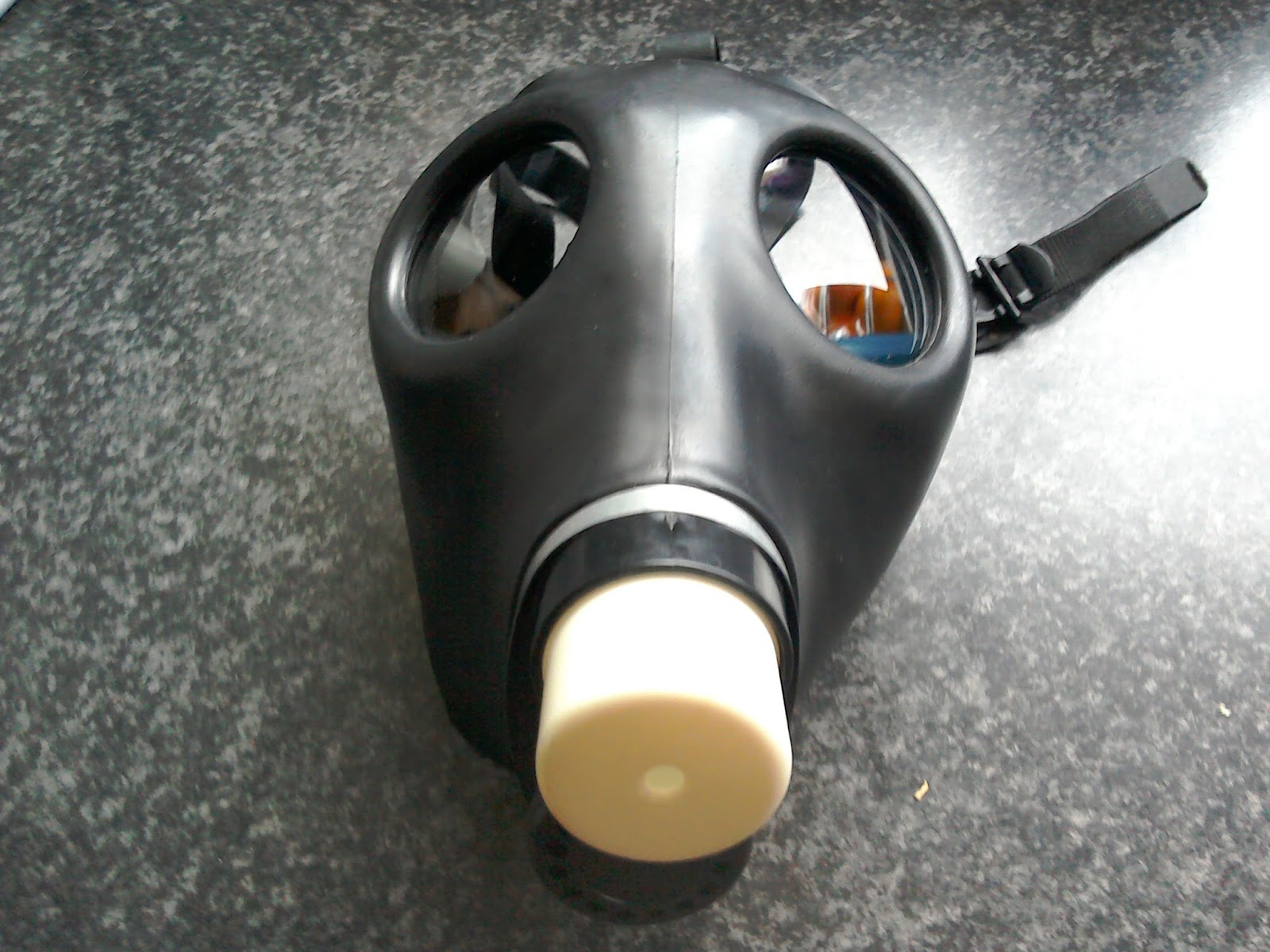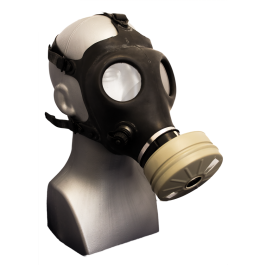

Local wardens were given the overall task of fitting these new Contex filters to every civilians mask. This was soon swapped for Merino wool impregnated with asbestos.Īfter May 1940, an additional filter known as the Contex Extension filter was introduced to supplement existing filters due to fear of arsenical smokes. Instead, the particulate layer consisted of Merino wool impregnated with Carbon Black.


Interestingly, very early models (1935) of this mask do not have asbestos in their particulate layers. Like most filters, it contained an activated charcoal layer and a particulate layer consisting of asbestos-wool, and later, resin-wool. The GCR filter (GC Mk II and later, GC Mk III) was attached to the mask via a rubber band that could be removed prior to disinfection. Under the Civil Defence Act, citizens could be fined £5 for repairs or replacement of a respirator if such damage was caused by negligence. This inspection was to be carried out by wardens. In early 1940, an immediate inspection of all civilian masks was proposed. The length of the straps could be changed by removing the safety pins and replacing them when the desired length was reached. The straps of this mask were very basic and simply went over the head (3-pointed harness). This flaw was rectified in 1940, the solution being to apply latex around the stitched areas to create a gas-proof seal. It was later feared that small amounts of deployed gas could seep through the stitch holes on the front. This was a structural weakness of the respirators' design. Vision was provided by a thin non-flammable celluloid sheet that was stitched into place. Many rubber producers were contracted for the facepiece including Avon, Henleys Tyre and Rubber co.
Defective israeli gas mask manuals#
An Izal solution (one or two eggcupsful of Izal/Izol to 3 gallons of water) was used to clean CD respirators, whereas manuals recommended a disinfectant comprising 2% Formalin (an aqueous solution of formaldehyde) for GCR cleaning. The masks sheet rubber was thin and fairly poor quality - many ARP manuals note that the same chemicals used to clean the Civilian Duty cannot be used to clean the GCR. Civilians were legally required to have their gas masks within reach at all times, and there was an extensive propaganda campaign designed to increase awareness. In subsequent years, the General Civilian Respirator was issued to every civilian by the government in the late 1930s and early 1940s. Sadd on the 10th of January 1935, with the overall stated goal of an improved respirator which, by means of simplicity, could be easily mass produced and thus suited to civilian usage. The General Civilian Respirator first came into being from a patent filed by John A. 7 Supply and Politics of the General Civilian Respirator.6 Gas Drill for General Civilian Respirator.5 Repair of General Civilian Respirator.


 0 kommentar(er)
0 kommentar(er)
